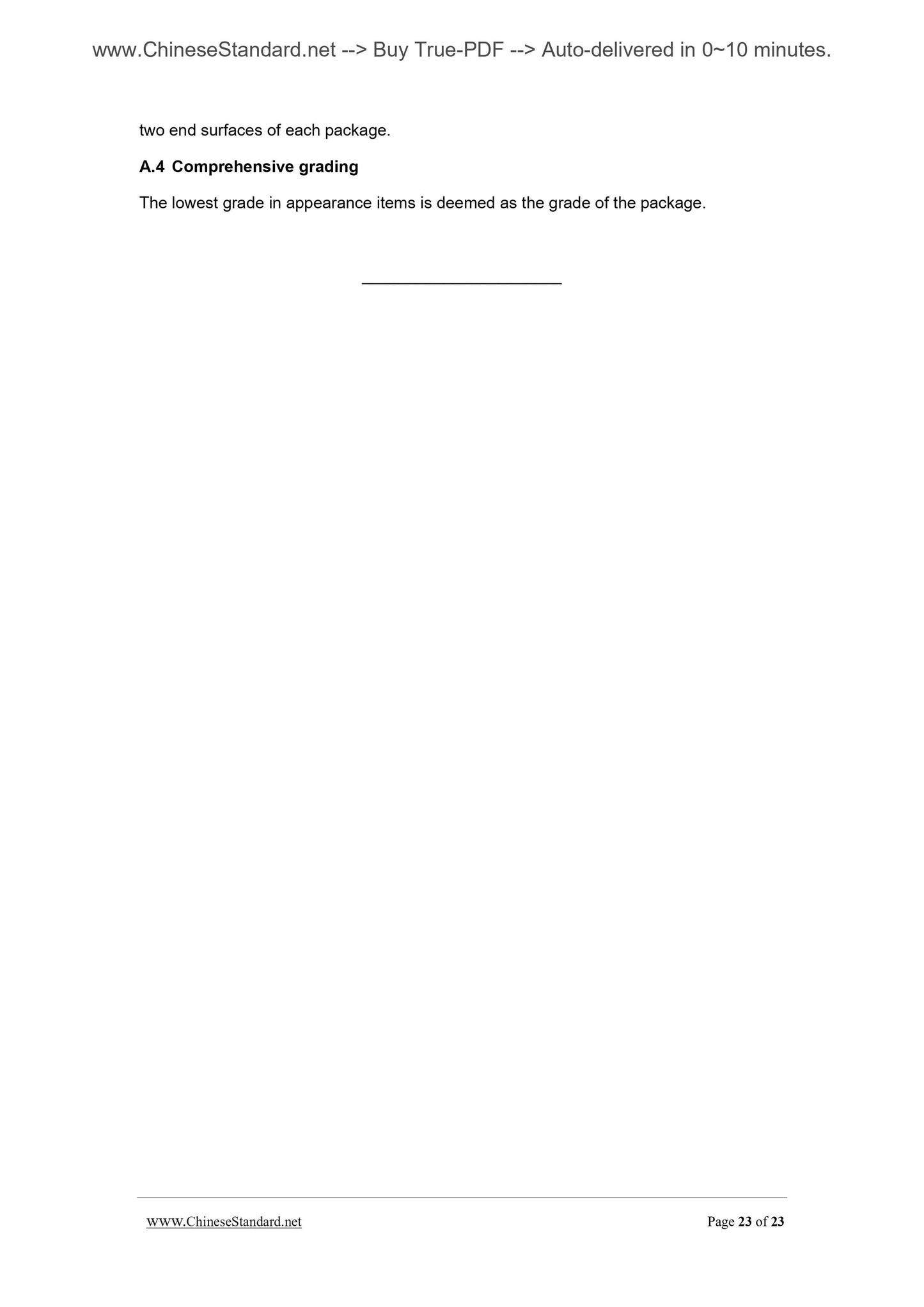1
/
of
8
PayPal, credit cards. Download editable-PDF and invoice in 1 second!
GB/T 16604-2008 English PDF (GB/T16604-2008)
GB/T 16604-2008 English PDF (GB/T16604-2008)
Regular price
$140.00
Regular price
Sale price
$140.00
Unit price
/
per
Shipping calculated at checkout.
Couldn't load pickup availability
GB/T 16604-2008: Polyester filament for industry
Delivery: 9 seconds. Download (and Email) true-PDF + Invoice.Get Quotation: Click GB/T 16604-2008 (Self-service in 1-minute)
Newer / historical versions: GB/T 16604-2008
Preview True-PDF
Scope
This Standard specifies the product classification, requirements, test methods, inspectionrules and mark, packaging, transportation and storage of polyester filament for industry.
This Standard is applicable to the exit-factory inspection, user acceptance, arbitration
inspection, etc. for polyester filament for industry with linear density of 222 dtex-6667 dtex
and it can be used for reference for other products.
Basic Data
| Standard ID | GB/T 16604-2008 (GB/T16604-2008) |
| Description (Translated English) | Polyester filament for industry |
| Sector / Industry | National Standard (Recommended) |
| Classification of Chinese Standard | W52 |
| Classification of International Standard | 59.060.20 |
| Word Count Estimation | 14,160 |
| Date of Issue | 2008-08-06 |
| Date of Implementation | 2009-06-01 |
| Older Standard (superseded by this standard) | GB/T 16604-1996 |
| Quoted Standard | GB/T 250; GB/T 2828.1-2003; GB/T 3291.1; GB/T 3291.3; GB/T 4146; GB/T 6502; GB/T 8170; GB/T 14343 |
| Regulation (derived from) | Announcement of Newly Approved National Standards No. 12 of 2008 (No. 125 overall) |
| Issuing agency(ies) | General Administration of Quality Supervision, Inspection and Quarantine of the People's Republic of China, Standardization Administration of the People's Republic of China |
| Summary | This standard specifies the polyester industrial filament product classification, requirements, test methods, inspection rules and signs, packaging, transportation and storage. This standard applies to linear density of 222dtex ~ 6667dtex polyester industrial filament factory testing, user acceptance testing and arbitration, etc., can refer to other products used. |
Share















